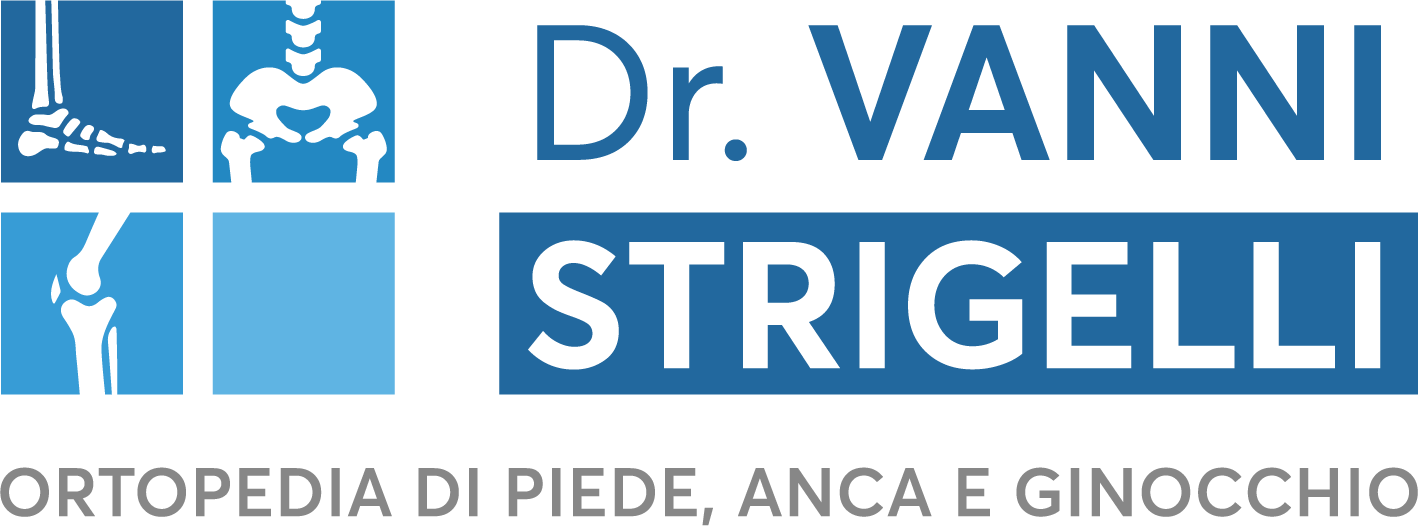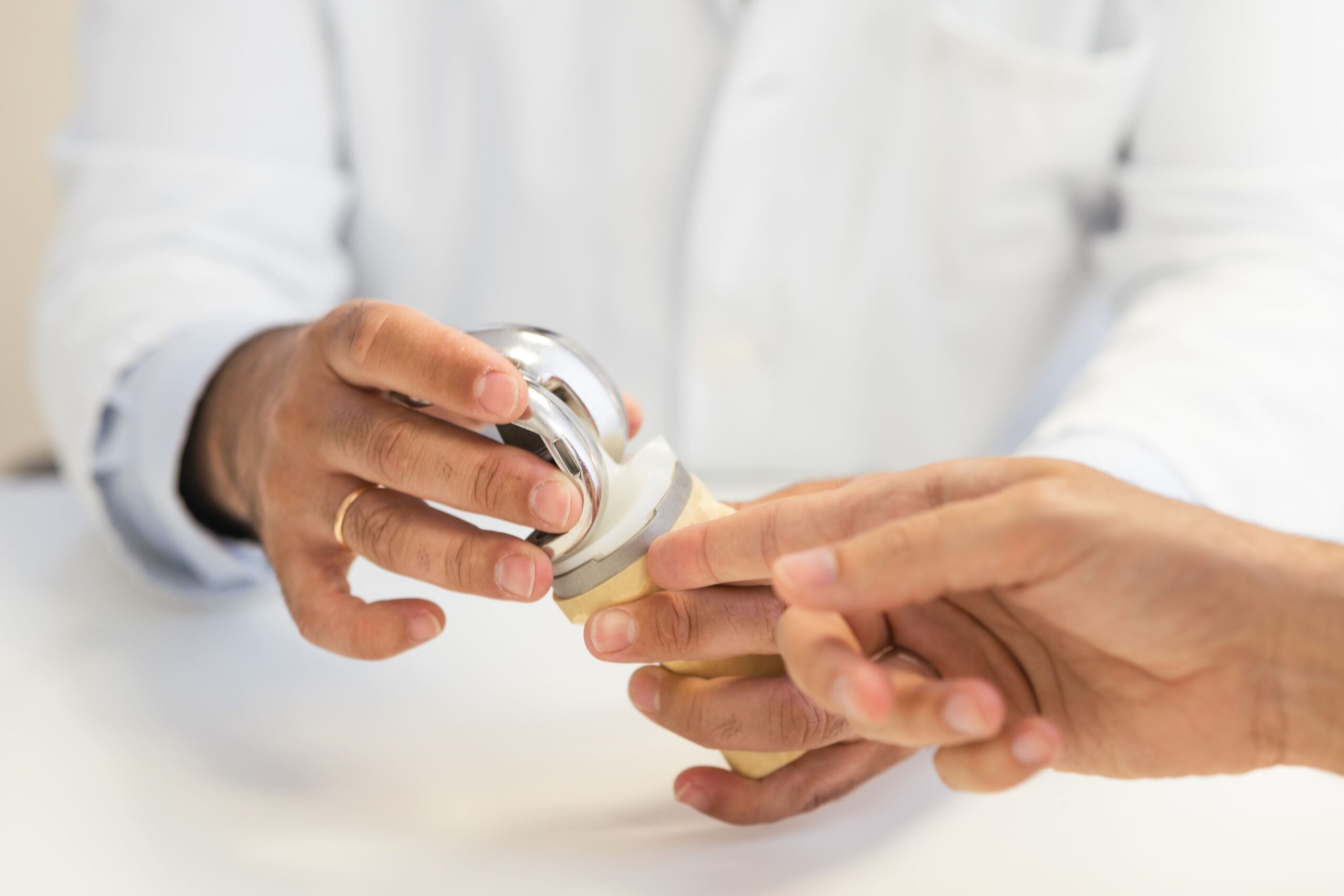All possible complications that may follow hip replacement surgery: from bleeding to thrombosis, up to injuries.
Hip replacement is one of the most successful surgeries of the past century. It has been extremely effective in improving joint mobility and eliminating pain.
Total hip replacement is now one of the most reliable and predictable medical procedures and has transformed the lives of many patients, allowing them to return to an active life with less pain.
Complications are few and infrequent but must be mentioned for informational completeness and will be the subject of more detailed explanations during the visit and pre-operative lesson. There is no surgical procedure without risks.
The possible complications are:
INFECTION
Infection is one of the major complications of prosthetic surgery in any anatomic area. Fortunately, it is very rare, and extensive preventive measures are taken before, during, and after surgery. While surgical wound infection may be resolved with antibiotic use alone, periprosthetic (i.e. deep) infection is more difficult to diagnose and cure.
Prosthesis infection may present with pain, swelling, and wound discharge; it can be acute and manifest in the postoperative period or delayed, typically following an infection in another part of the body. periprosthetic infection results in procedure failure and the need for surgical joint revision.
Many preventive measures are used: certified sterilization of instruments and surgical tools, laminar airflow in the operating block, sterile self-ventilated caps for healthcare workers, preoperative antibiotic prophylaxis, thorough disinfection of the limb after washing with alcohol solution.
DISLOCATION
Hip dislocation is a potential complication of this surgical procedure. It occurs when the femoral head comes out of the acetabular cup and requires specific maneuvers, usually non-invasive, for treatment. The risk is higher in the first month after surgery. There are many preventive strategies that can be used: correct positioning of the prosthetic components, proper balancing of soft tissues, patient education starting with pre-operative instruction and continuing with physical therapists during hospitalization. In particular, for the first few months, the combined movement of flexion, adduction, and internal rotation of the hip should be avoided. In patients at high risk, implants with specific characteristics that reduce the risk of dislocation can be used, but they have some disadvantages in terms of long-term durability.
THROMBOEMBOLIC COMPLICATIONS
It’s possible that following a joint replacement surgery, a thrombosis of the lower limb may develop. This results in pain and swelling usually at the calf level. A major concern is the potential complication of lower limb thrombosis, namely pulmonary embolism. With current perioperative protocols, this is an extremely rare complication. Preventive strategies include: the use of heparin from the evening before the surgery and continued for about 4 weeks, preoperative and postoperative vascular assessment with Doppler ultrasound of the lower limbs, elastic compression stockings if indicated, and early mobilization of the patient.
NERVE INJURY
The most common nerve injury is the lesion of the sciatic nerve, particularly the fibers of the external popliteal sciatic nerve. The consequence is the inability to lift the foot. In most cases the deficit is nerve-related and temporary, but there is a small percentage of irreversible damage that requires the patient to use an ankle brace or undergo another surgical intervention.
BLEEDING, FRACTURE, DIFFERENCE IN LENGTH OF LOWER LIMBS
Bleeding is a common complication in many surgical procedures. The ‘blood-saving’ strategy is multimodal and is addressed in the Rapid Recovery chapter.
Intraoperative fractures are more common when an uncemented stem is used, but they are usually extremely rare; it may be necessary to use synthesis methods such as wiring, plates or screws to stabilize them.
The cartilage consumption during the arthritic process and the resulting joint deformity lead to a difference in length between the two limbs: the one affected more or exclusively by arthritis is usually shorter. The surgeon’s goal is to restore equal length between the two legs and the fundamental step to achieve this result is a careful study of pre-operative X-rays and surgical planning, which allows for precise measurements and selection of the most suitable implant.
Therefore many patients may feel that the operated limb is longer after surgery. This sensation diminishes over time until it disappears. Unfortunately in some patients it is necessary to slightly lengthen the lower limb to ensure greater stability of the prosthesis and avoid dislocation. A small discrepancy is often asymptomatic.
BLEEDING
Following a total knee replacement there may be a need for a blood transfusion. In the Rapid Recovery pathway many strategies are implemented to prevent bleeding and less than 5% of patients require a transfusion. Modern blood banks apply very accurate screening and control measures on blood bags and strict protocols are followed for administration in the ward. The risks of contracting a disease or having an allergic reaction following a blood transfusion are very low.
THIGH SWELLING AND HEMATOMA
After any arthroplasty surgery swelling of the operated leg is expected, sometimes accompanied by a hematoma around the surgical wound. This is not a complication, but a normal post-operative course, which often concerns patients. For the first month after surgery sitting for more than 30 minutes can worsen the swelling. It is advisable to alternate short walks with periods of rest in bed with the leg elevated (the ankle should be higher than the heart).
To prevent or reduce swelling it is advisable to:
- stay in bed with two pillows under the foot of the operated leg. During hospitalization it is possible to incline the bed without needing to position the pillows;
- avoid sitting for more than 30 minutes;
- apply cryotherapy for 20 minutes several times a day;
- sometimes elastic compression stockings may be indicated upon medical advice.
THE NEW JOINT IS DIFFERENT
Modern perioperative medicine significantly accelerates functional recovery (Rapid Recovery), but complete healing takes time. During the first few postoperative weeks you will tire easily. It is important to schedule rest periods throughout the day. Rest time should be at least equivalent to activity time. You may experience numbness of the skin near the scar and a feeling of joint tightness or stiffness. This is normal. You might also hear some mechanical noise during movement, which comes from the characteristics of the prosthetic materials. These symptoms will improve over time and full recovery is expected within six months after surgery.


